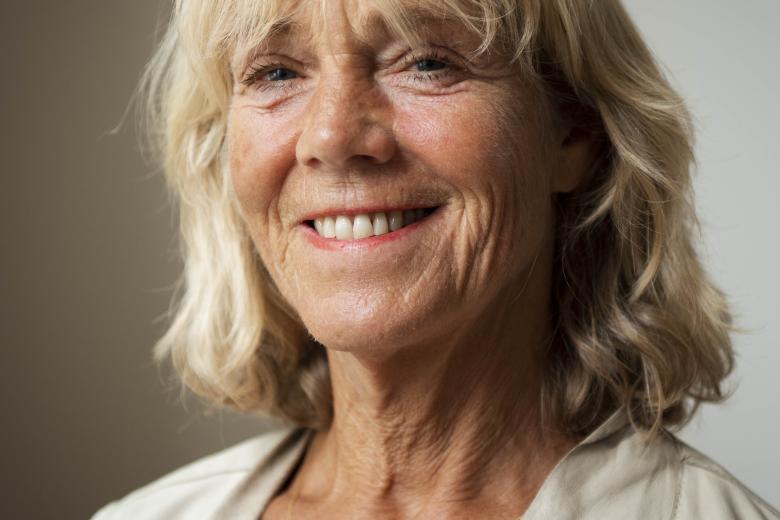Choosing the second-best health option
What makes one person choose a recommended healthy option and another the second-best option? According to researcher Kim Romijnders, health decisions are often based on the same common factors. She studied two topics which involve this kind of decision-making: e-cigarettes and childhood vaccinations. Romijnders will receive her doctorate from Maastricht University on Thursday, September 10.
Options
When it comes to health, there are different options you can choose: the healthiest, recommended option (no smoking, all childhood vaccinations), the next-best option (e-cigarettes, some childhood vaccinations) and the unhealthy, non-recommended option (smoking, no childhood vaccinations). The option a person chooses partly depends on their personal values or priorities, past experiences, opinions, and social environment. But Romijnders also points to socio-cognitive factors that determine the choice: knowledge, the perceived risk and severity of consequences, and trust in information. These factors play a role in both smoking and vaccination.
Many similarities, but also differences
There are also differences in the factors people consider regarding decisions on smoking or having their children vaccinated. In the case of e-cigarettes, for example, the product itself plays a major role, with the wide variety of flavours of e-liquids being a major attraction. The decision whether or not to have a child vaccinated is influenced by the fear of side effects of the vaccine and the fear of the consequences of an infectious disease (‘My child is ill, if only I’d had her vaccinated’).
Not an informed choice
Romijnders also investigated whether people who choose the recommended health option – in other words, the best option – do so on the basis of an informed decision. This appears to not be the case. People who don’t smoke and who have their child fully vaccinated indicated that they didn’t thoroughly consider their choice in relation to the other options beforehand. People who choose the next-best option were more likely to do this. Consequently, providing information about the next-best option can actually increase the likelihood of people choosing it rather than the best. More research is needed to establish how to communicate information on the second best option, Romijnders says. This should include attention on the one hand for people’s desire to receive information on all possible choices and on the other hand the effect it may have and the way it is assessed.
Also read
-
Menstruation is still a taboo in the workplace
In honour of the presentation of the VNVA Els Borst Prize for her oeuvre, Prof Marlies Bongers is organising the symposium "menstruation in RED on the agenda" on 1 October.

-
Repeat miscarriages: does the immune system play a role?
In women trying to conceive, 1-3% experience repeated miscarriages. For more than 50% of these women, a cause for the miscarriages has yet to be found. New research from Maastricht University (UM) and the Maastricht University Medical Centre+ (MUMC+) shows that the immune system’s Natural Killer (NK...

-
New European project aims to think outside the box when it comes to medicine
The European Commission has awarded €23 million to set up a new platform for drug repurposing: the use of existing drugs in diseases other than those for which they were originally developed. In the next seven years UM will develop the platform REPO4EU (precision drug REPurpOsing for Europe)...
